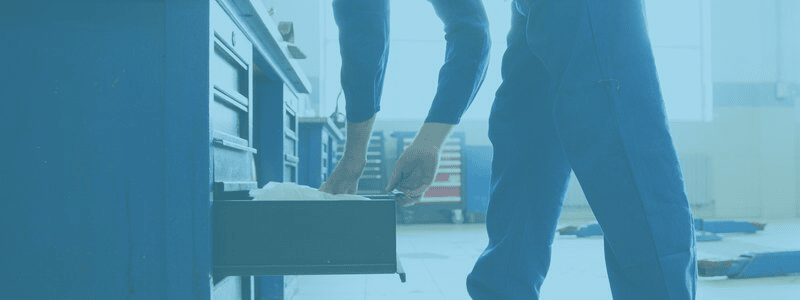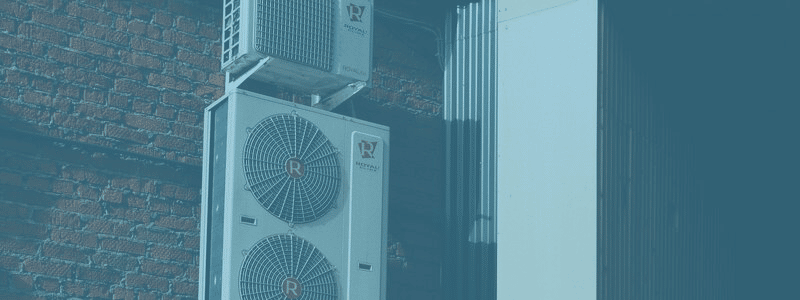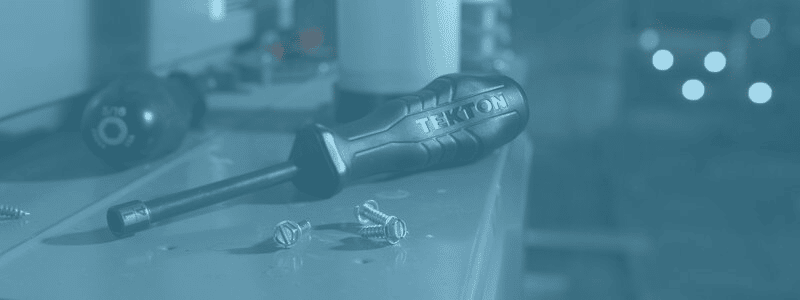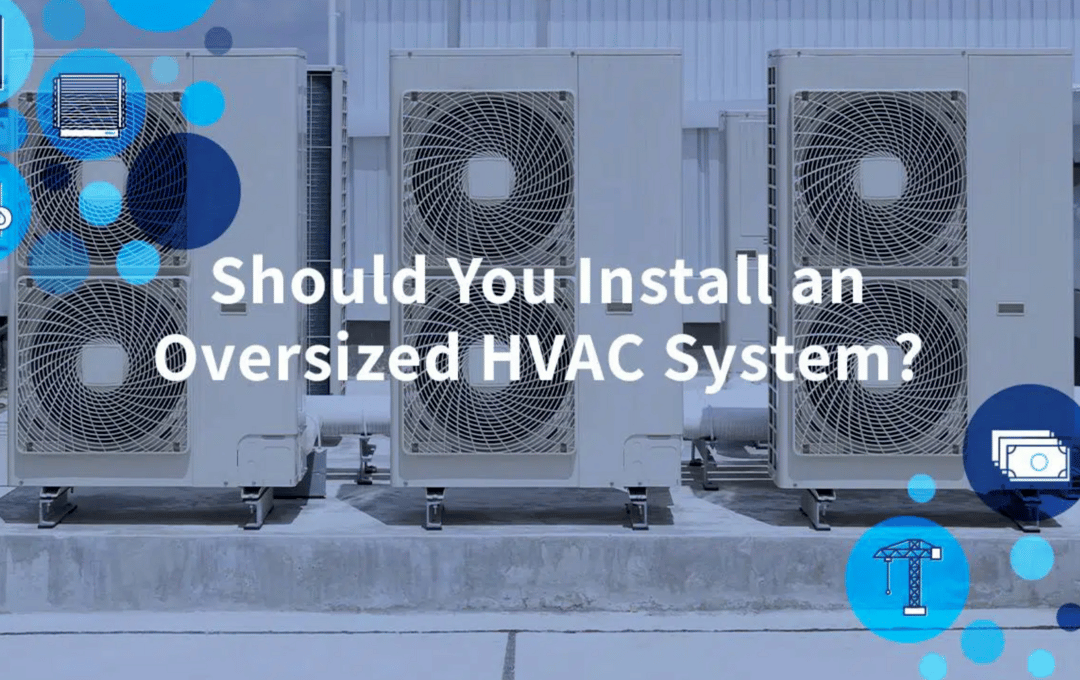What to Know as a Property Owner
Installing a heating, ventilation, and air conditioning (HVAC) system in your home or building may seem complicated. However, you can accomplish it with guidance.
- Still, no HVAC install guide is 100% complete and does not address all the variances that may occur.
For example, what to do if your building needs an entirely new duct system. Unfortunately, not all facilities have built-in ductwork, but this would not be a problem for a trained technician.
Let’s say your home needs to be equipped with new ductwork. In that case, a technician will create a blueprint and determine how to complete the installation as discreetly as possible. The best places to place ductwork are spaces hidden from views, such as closets or attic ceilings if you have multiple floors.
A certified technician will ensure that all aspects of your HVAC system are installed without significantly renovating your home or building.


Best Time To Do an HVAC Install
Early spring is the best time to replace an older HVAC system or do a new HVAC install because it won’t be needed during the highest or lowest temperatures of the year while it is disconnected.
Replacing an HVAC system can be done at any time of the year in moderate climates, but the earlier, the better.
During the pandemic, we learned how important HVAC maintenance is to our health. The “airspace,” or familiar environment for everyone in your home, is how germs spread and pollutants increase misery for those with asthma and allergies.
Outdated HVAC systems don’t filter out pollutants, so modernization can drastically improve the air quality inside your home. In addition, advances in HVAC systems over the last decade offer energy efficiency, and new technology learns from your habits and adjusts accordingly.
Choosing the Right HVAC System Size
The size of the unit makes a crucial difference in air quality. If the unit is too small, it will not have enough power to meet the demand for the work it needs to perform.
A unit that is too large can compromise energy efficiency and even shut down before the air ultimately passes through the system.
- When considering an HVAC installation, it is best to consult a certified technician about everything, including which unit size is best for your needs.
The heat gain of your home or building also influences the size of the unit. By inspecting your property, the technician will determine how much heat is leaking into the living space. Everything from the placement of doors and windows to the position of your home concerning the sun affects the heat gain calculation. Knowing how much heat your home regularly retains will help the technician select the most energy-efficient unit for your space.


What to Know as an HVAC Contractor
Should I Install an Oversized HVAC System?
Bigger is not always better. Sizing equipment for a particular home or commercial space should be your first consideration and calculation when creating a quote to replace an existing HVAC system.
Designing an HVAC system should be harmonious with the architecture of the building. Deciding on the HVAC design early in the planning process ensures that energy code requirements from the Department of Energy (DOE) are met. Bringing an entire building’s architectural and engineering criteria under scrutiny will result in planning an ideal HVAC system installation. Are there spaces for proper ductwork? Is the ventilation designed right?
As a comfort advisor, delivering the safest, healthiest, most comfortable, and energy-efficient system possible is your goal. Sizing matters. How much heating and cooling capacity is needed to keep people comfortable year-round?
Regardless of if your customer already has an existing system, the best practice is to perform a proper load calculation to assess the building and remeasure the space.
Often, homes and commercial spaces have been remodeled.
- Are the windows and doors leaky?
- Are the vents positioned well throughout the space?
- Does the home or space have hot or cold spots?
Accurately assessing the space may improve customer satisfaction, reduce callbacks, and decrease your liability!
What Makes an HVAC System Oversized?
First, it is essential to understand how heating and cooling systems are measured. Furnaces are typically measured in British Thermal Units, or BTUs, the unit used to measure thermal (heat) energy.Specifically, it is the energy needed to raise 1 pound of water to 1°F at sea level.
Meanwhile, air conditioners are usually rated in tons, with a single ton of nominal cooling equaling 12,000 BTUs. A 4-ton AC unit produces approximately 48,000 BTUs of cooling capacity.
Every home requires particular heating and cooling capacity for optimal comfort for residential jobs. Therefore, an oversized HVAC system provides a higher power concerning its size.
For instance, a home that only needs 24,000 BTUs of cooling capacity won’t benefit from an HVAC system offering double or triple that capacity.


What are The Problems With an Oversized HVAC System?
Installing an oversized HVAC system could create uncomfortable indoor air temperatures.
An HVAC system with excess capacity can heat or cool your home faster. Still, that speed often results in other potential issues. For example, equally distributed heating and cooling will not be possible, resulting in hot or cold spots throughout your customer’s home or commercial space.
In cooling mode, adequately sized HVAC systems dehumidify the air as it is cooled. Unfortunately, oversized HVAC systems don’t usually run long enough for dehumidification, resulting in humid, clammy, and uncomfortable indoor air.
If that’s not enough, having too much capacity may result in higher energy costs. A “short cycling” situation can wreak havoc on your HVAC system if left unchecked. The continuous starting and stopping may add additional wear and tear on the compressor, blower fan motor, and other HVAC parts.
Oversized units blast your interior space with cool air rather than cooling it down gradually. Temperature swings prompt the system to start and shut down rapidly.
A residential heating and cooling system can last 10 to 20 years with proper maintenance. However, due to short cycling issues, most oversized HVAC systems may not last long. Additionally, suppose a system is not sized correctly. In that case, you are at a higher risk for component failure sooner than a properly sized one.












